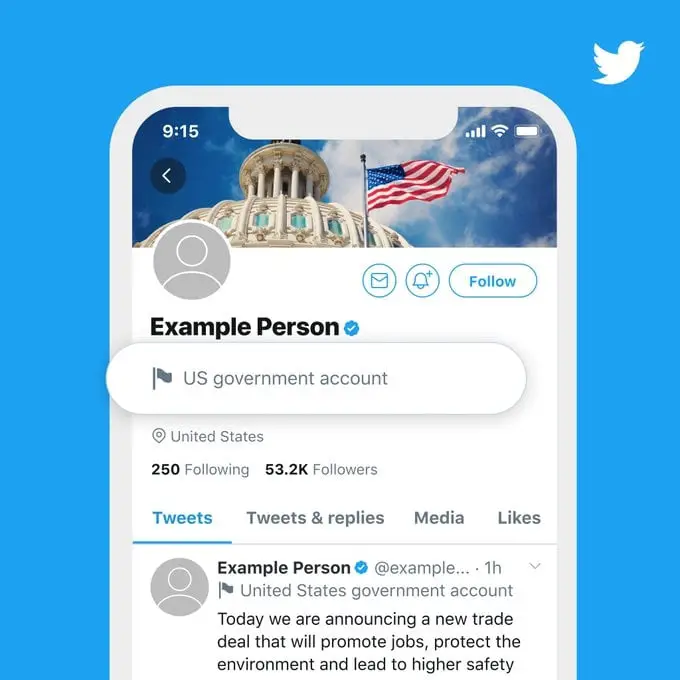Through a blog post, Twitter announced that they will begin tagging the accounts of government officials, high-level personnel and the media that are linked to government with “state affiliated”.
This measure is already being applied in the United States, China, Russia, the United Kingdom and France, and in this way Twitter adds a functionality that was already present on platforms such as Facebook or YouTube.
The personal Twitter accounts of state officials will not receive “State affiliated” label
If we enter the profile of an official or in a media affiliated with the state, a label will appear below the name that warns us of this.
“When it comes to conversations with government and state affiliated media accounts on Twitter, we’re helping to make the experience more transparent. We’ll now use two distinct profile labels for these types of accounts, so you can easily identify them and their Tweets.” Twitter Support states.
- Twitter tests a button to limit who can reply you
- Twitter says the massive attack was caused by spear-phishing
- How to recover a suspended or blocked Twitter account?
By clicking on state affiliated labels, users will be redirected to a page where this policy is explained. Twitter has assured that, although at the moment it is only available in some countries, they hope to expand this measure to more territories.
State affiliated labels will be added to the profiles of state media, such as Xinhua News in China or RT in Russia. Additionally, the platform will no longer promote state affiliated media accounts through its referral systems.

Interestingly, a Twitter spokesperson has already reported that this measure will not affect heads of state, as is the case with Donald Trump’s personal account (@realDonaldTrump) in the United States (although the label will appear on @POTUS and on @WhiteHouse).
The company says it has decided not to label these personal accounts because “they enjoy wide recognition, media attention and public knowledge.”
The social network states that its “mission is to serve the public conversation, and an important part of this work is to provide people with context so that they can make informed decisions about what they see and how they interact on Twitter.”




